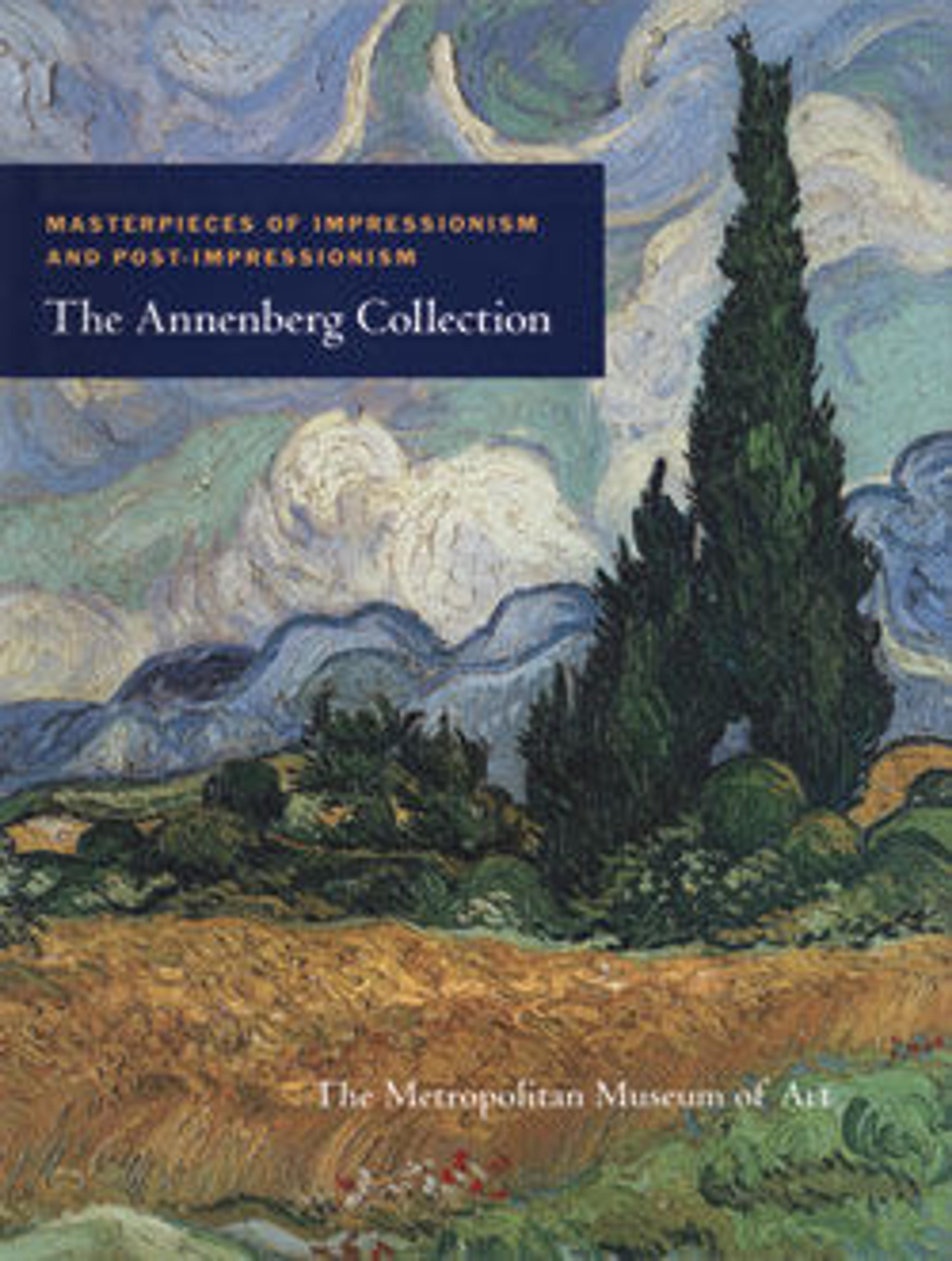Mont Sainte-Victoire
Cézanne worked on this, one of the grandest pictures of Mont Sainte-Victoire, over a considerable length of time, enlarging the canvas in order to extend the view at the right and in the foreground.
Artwork Details
- Title: Mont Sainte-Victoire
- Artist: Paul Cézanne (French, Aix-en-Provence 1839–1906 Aix-en-Provence)
- Date: ca. 1902–6
- Medium: Oil on canvas
- Dimensions: 22 1/2 x 38 1/4 in. (57.2 x 97.2 cm)
- Classification: Paintings
- Credit Line: The Walter H. and Leonore Annenberg Collection, Gift of Walter H. and Leonore Annenberg, 1994, Bequest of Walter H. Annenberg, 2002
- Object Number: 1994.420
- Curatorial Department: European Paintings
More Artwork
Research Resources
The Met provides unparalleled resources for research and welcomes an international community of students and scholars. The Met's Open Access API is where creators and researchers can connect to the The Met collection. Open Access data and public domain images are available for unrestricted commercial and noncommercial use without permission or fee.
To request images under copyright and other restrictions, please use this Image Request form.
Feedback
We continue to research and examine historical and cultural context for objects in The Met collection. If you have comments or questions about this object record, please complete and submit this form. The Museum looks forward to receiving your comments.
